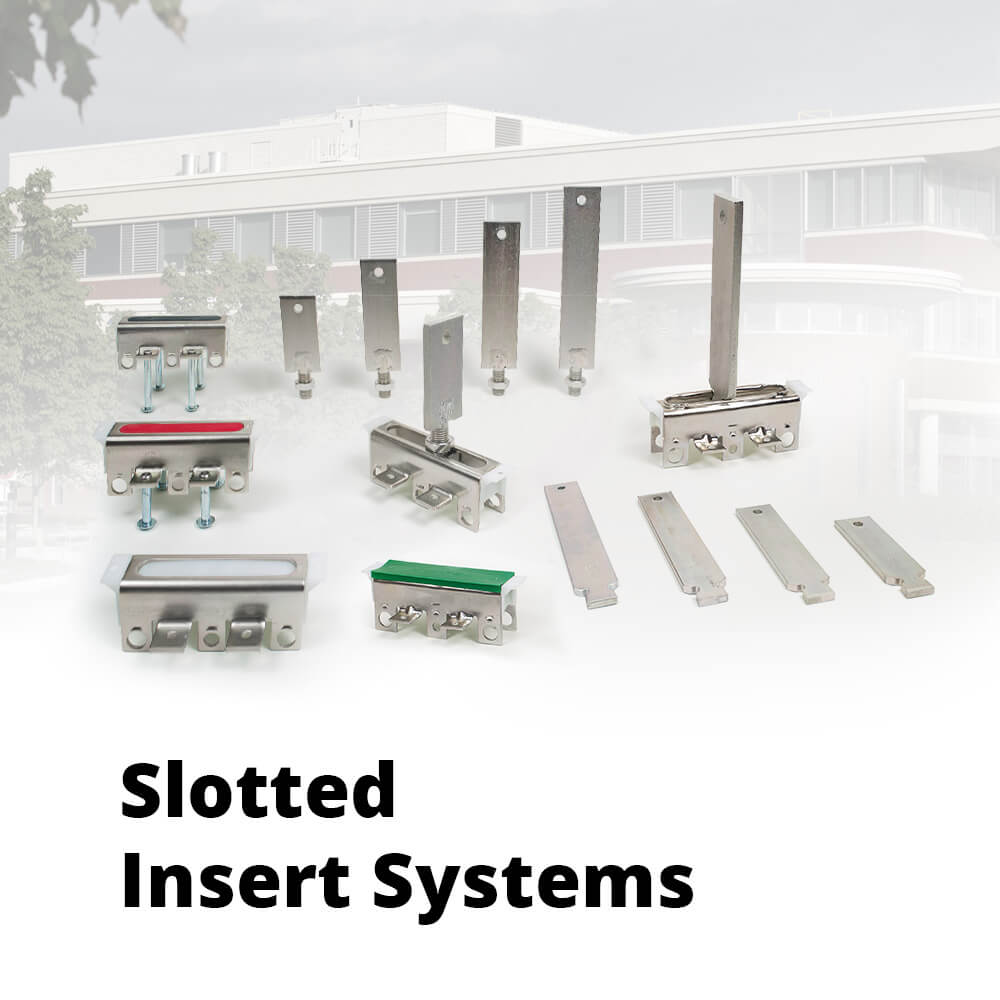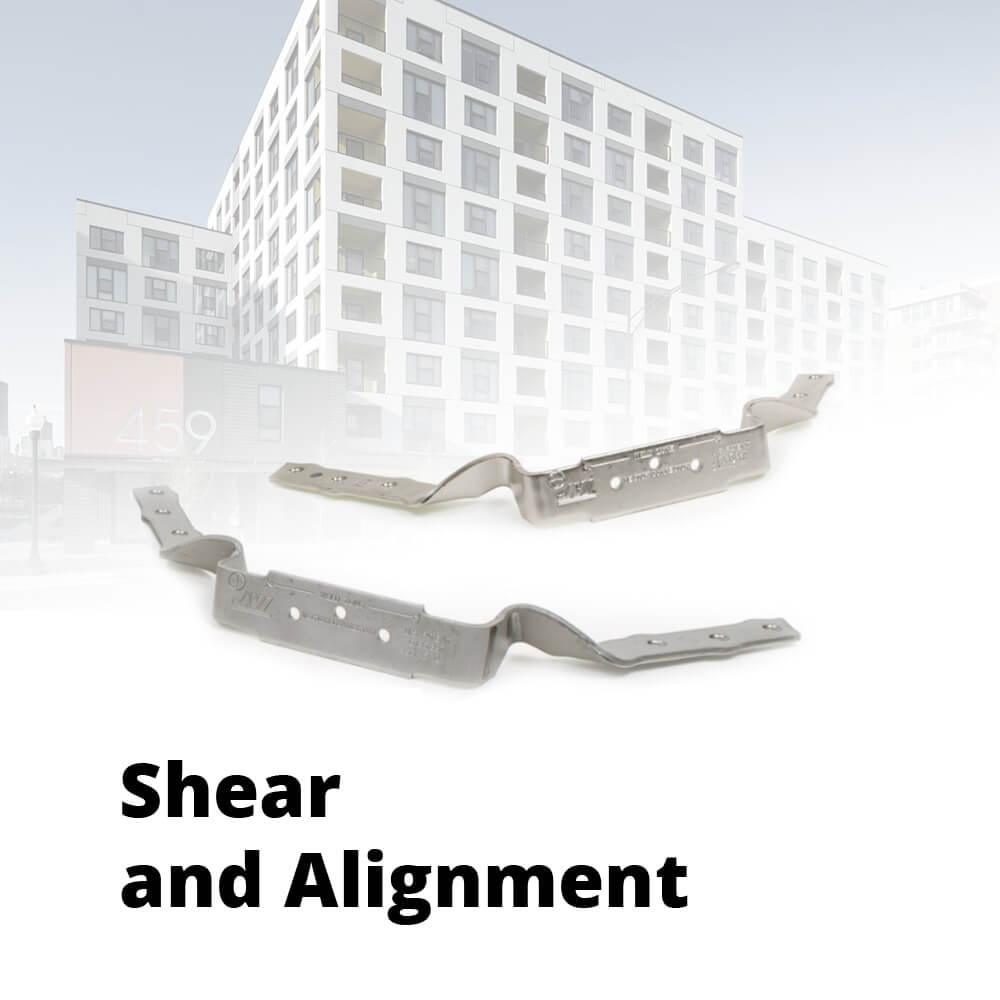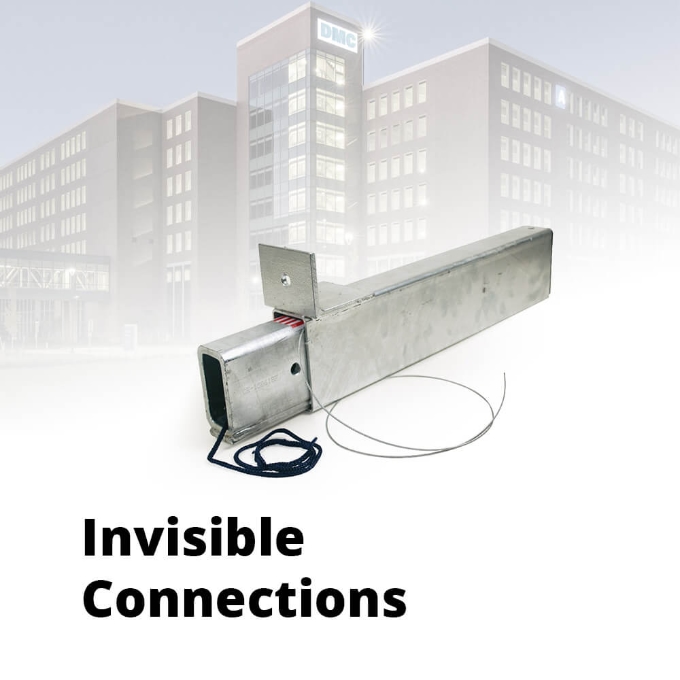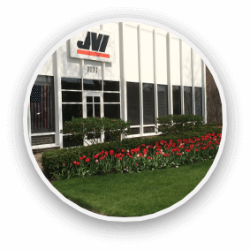
Modularity Potential of Precast
Credit: Original article published here.
Precast concrete has the capability of incorporating other trades in a plant fabricated atmosphere. Components can be cast into the concrete, or it can be used as a platform to prefabricate other trades. This can take work off the jobsite, reducing congestion and shortening construction time. Additionally, plant fabrication can offer productivity and quality gains, and while some elements added to precast are tried and true, others are new.

Board insulation in sandwich wall panels has been around for many decades. A layer of concrete is cast, insulation is placed on top of that, and another layer of concrete is cast on top of the insulation (picture an oreo cookie). The two concrete layers are tied together with a pin (a.k.a. wythe tie) that passes through the insulation.
Some new items used in plant-installed insulation are non-conductive wythe ties and new insulation types. A variety of wythe ties that don’t cause a thermal break through the insulation are available from various manufacturers. These are becoming increasingly common as a greater focus is put on energy efficient buildings. Plant-applied sprayfoam insulation has been used by some precasters for more than a decade and is becoming more common. Currently, this means sprayfoam is applied to the interior of a precast panel. Sprayfoam and other high insulating materials may one day be used in sandwich type precast wall panels, offering greater R values or productivity.
Wells Concrete has experience with plant installation of electrical items and windows. The typical electrical item is vertical conduit and a box cast into the concrete of a wall panel. This hides the electrical elements in the wall. Wells Concrete has begun developing a stud-frame-backed precast wall that has potential for making plant installation of electrical elements even more efficient.
Plant-installed windows have been on the rise at Wells Concrete, as well as the precast industry as a whole, over the last few years. After a wall panel is cast, the windows are installed in the plant or storage yard using the same details and methods as field installed windows. The precast is then shipped to jobsite with the window installed.
In the precast industry, some precasters have developed flooring systems that incorporate plumbing, electrical, and other utilities. The utilities are plant-installed within a floor piece that may typically be 12ft x 30ft. The utilities are spliced together at the construction site after installing the precast. Other precasters have developed floor systems that serve as a modular platform. Various elements can be plant-installed on top of the floor piece. Many of the elements in a room have been installed in prototypes: stud wall, sheet rock, electrical wiring and fixtures, plumbing with toilet and sink, and cabinets. The assembly is shipped to the job site and craned into place.
Tim Edland, P.E.
Research and Development Director





